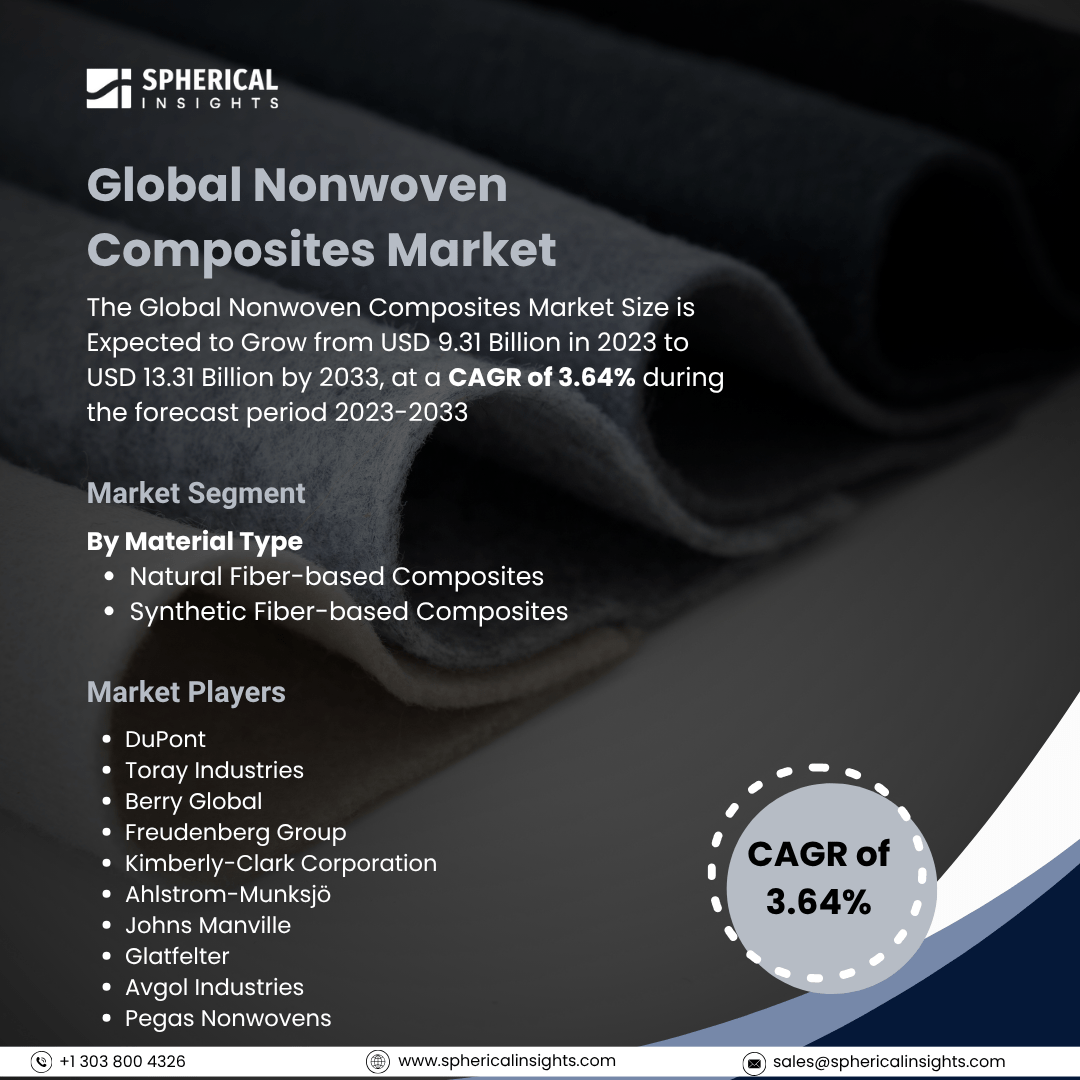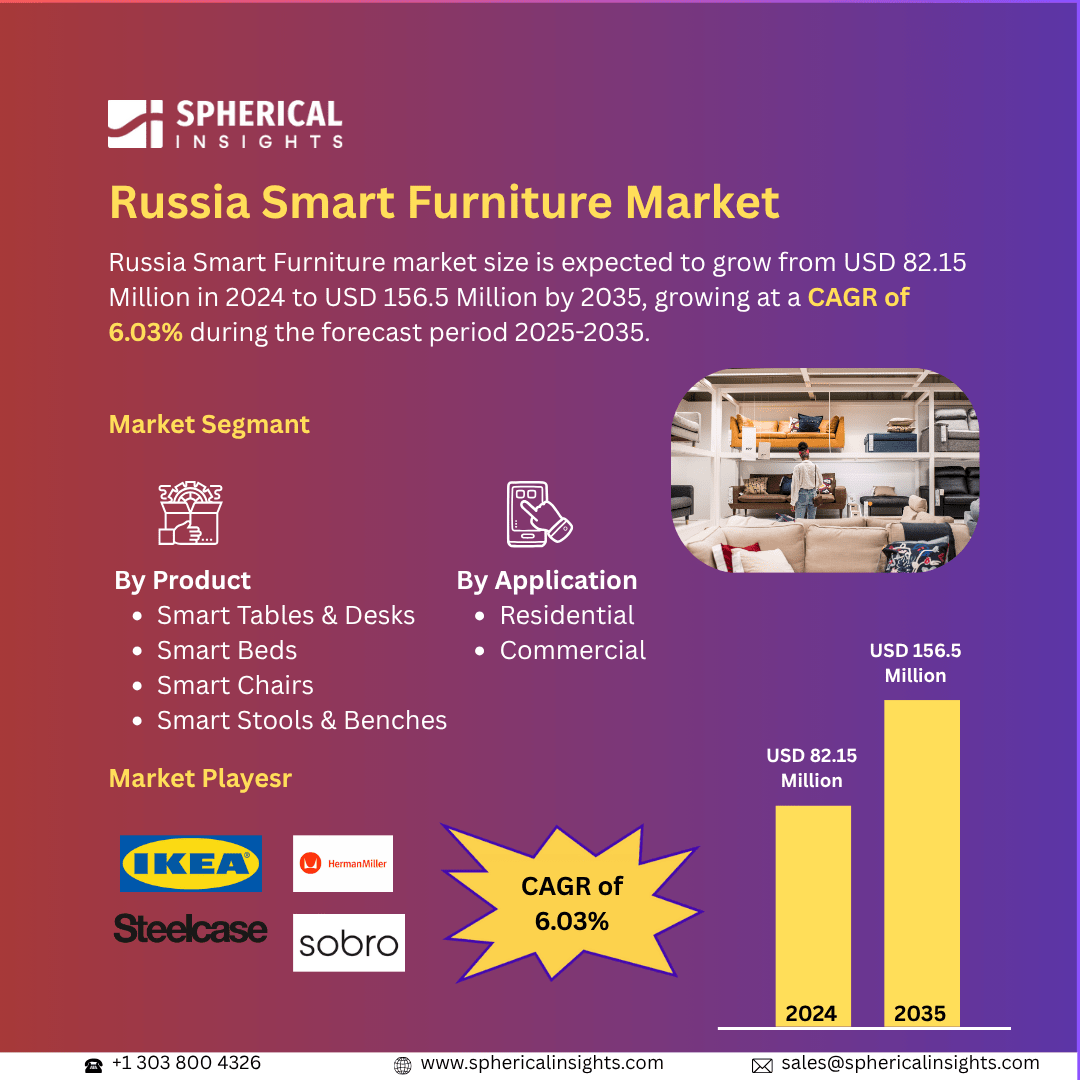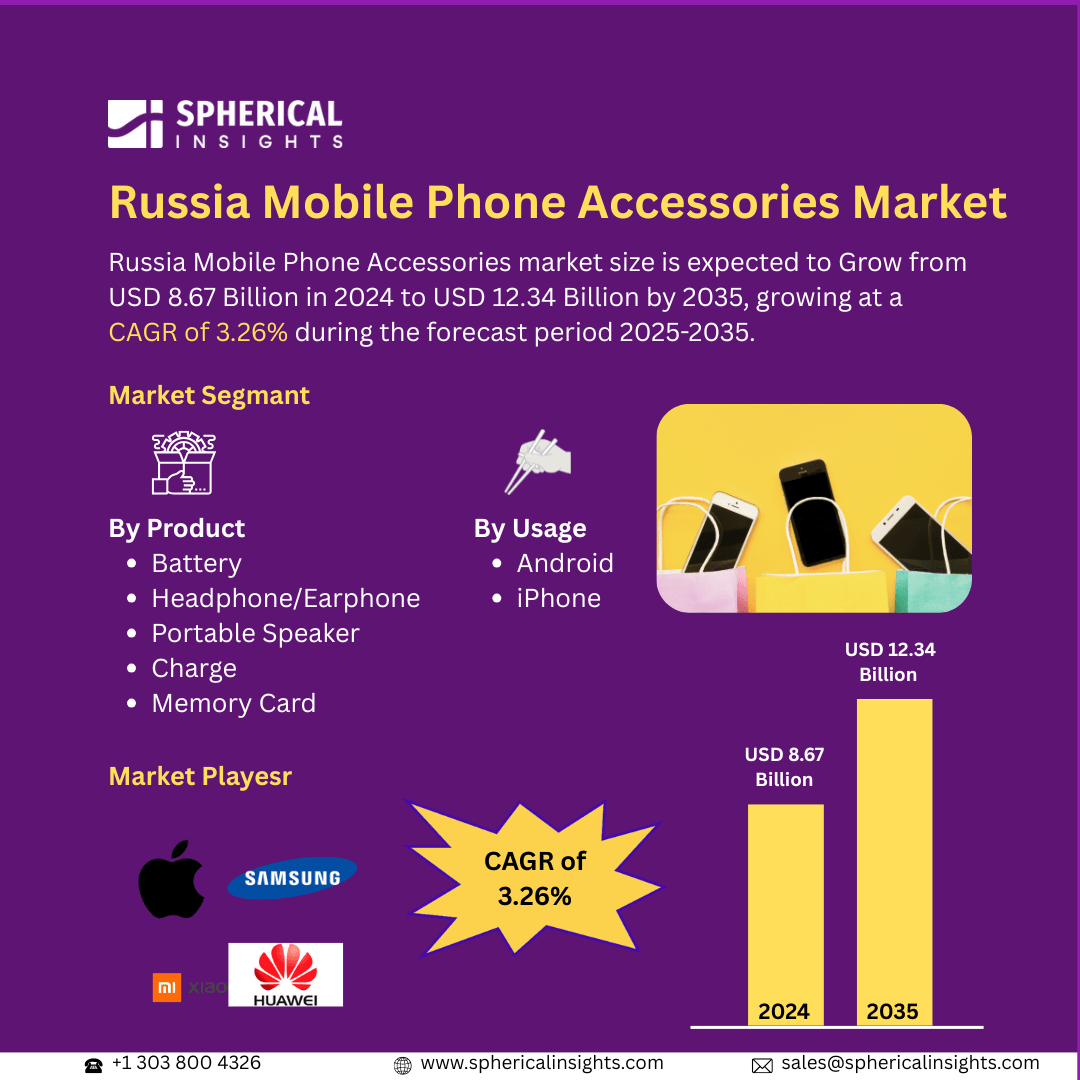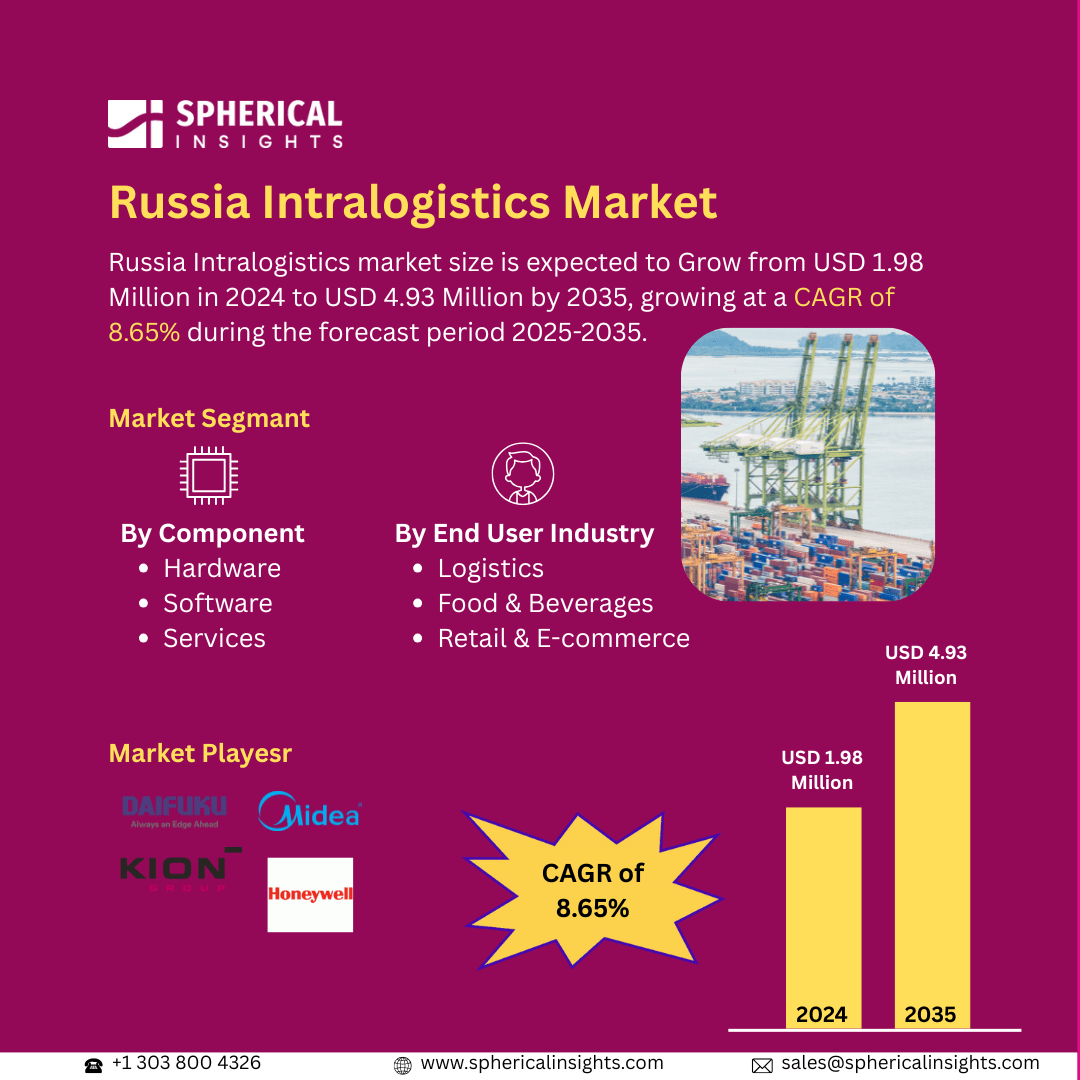Global Nonwoven Composites Market Size To Exceed USD 13.31 Billion by 2033
According to a research report published by Spherical Insights & Consulting, The Global Nonwoven Composites Market Size is Expected to Grow from USD 9.31 Billion in 2023 to USD 13.31 Billion by 2033, at a CAGR of 3.64% during the forecast period 2023-2033.
Browse 210 market data Tables and 45 Figures spread through 190 Pages and in-depth TOC on the Global Nonwoven Composites Market Size, Share, and COVID-19 Impact Analysis, By Material Type (Natural Fiber-based Composites and Synthetic Fiber-based Composites), By Backing Material (Spunbond, Needle Punching, and Meltblown), and By Region (North America, Europe, Asia Pacific, Latin America, Middle East, and Africa), Analysis and Forecast 2023 – 2033.
The nonwoven composites market refers to the industry segment focused on materials made by combining nonwoven fabrics with other materials (like films, foams, or fibers) to enhance functionality and performance. These composites offer advantages such as lightweight structure, strength, durability, and versatility, making them ideal for applications in automotive, healthcare, construction, filtration, and packaging. Moreover, the nonwoven composites market is driven by increasing demand for lightweight, durable, and cost-effective materials across the automotive, healthcare, and construction sectors. Rising environmental awareness, advancements in manufacturing technologies, and the growing use of sustainable and high-performance materials further propel market growth, especially in filtration, insulation, and disposable medical applications. However, the nonwoven composites market faces restraints such as high production costs, limited recyclability, fluctuating raw material prices, and competition from traditional materials, which can hinder widespread adoption in some applications.
The synthetic fiber-based composites segment accounted for the largest share of the global nonwoven composites market in 2023 and is anticipated to grow at a significant CAGR during the forecast period.
Based on material type, the global nonwoven composites market is divided into natural fiber-based composites and synthetic fiber-based composites. Among these, the synthetic fiber-based composites segment accounted for the largest share of the global nonwoven composites market in 2023 and is anticipated to grow at a significant CAGR during the forecast period. This is due to their superior strength, durability, and cost-effectiveness. Widely used in automotive, construction, and healthcare sectors, synthetic fibers like polypropylene and polyester offer consistent quality and performance, making them preferred over natural fiber alternatives in industrial applications.
The spunbond segment accounted for a substantial share of the global nonwoven composites market in 2023 and is anticipated to grow at a rapid pace during the projected period.
On the basis of the backing material, the global nonwoven composites market is divided into spunbond, needle punching, and meltblown. Among these, the spunbond segment accounted for a substantial share of the global Nonwoven Composites market in 2023 and is anticipated to grow rapidly during the projected period. This is due to its high strength, durability, and versatility. It is widely used in hygiene products, medical textiles, and construction materials. Its continuous filament structure and cost-effective production make it the most preferred backing material among manufacturers across various industries.
Asia Pacific is projected to hold the largest share of the global nonwoven composites market over the projected period.
Asia Pacific is projected to hold the largest share of the global nonwoven composites market over the projected period. This is driven by rapid industrialization, urbanization, and strong demand from the automotive, construction, and healthcare sectors. Countries like China, India, and Japan lead due to large manufacturing bases, expanding infrastructure, and growing investments in high-performance and sustainable material technologies.
North America is expected to grow at the fastest CAGR of the global nonwoven composites market during the projected period. This is supported by advanced manufacturing technologies, stringent safety and hygiene standards, and strong demand from the automotive and healthcare sectors. The presence of key players and ongoing innovations in sustainable and high-performance materials further contribute to the region's market growth.
Company Profiling
Major vendors in the global nonwoven composites market are DuPont, Toray Industries, Berry Global, Freudenberg Group, Kimberly-Clark Corporation, Ahlstrom-Munksjö, Johns Manville, Glatfelter, Avgol Industries, Pegas Nonwovens., and others.
Key Target Audience
- Market Players
- Investors
- End-users
- Government Authorities
- Consulting and Research Firm
- Venture capitalists
- Value-Added Resellers (VARs)
Market Segment
This study forecasts revenue at global, regional, and country levels from 2023 to 2033. Spherical Insights has segmented the global nonwoven composites market based on the below-mentioned segments:
Global Nonwoven Composites Market, By Material Type
- Natural Fiber-based Composites
- Synthetic Fiber-based Composites
Global Nonwoven Composites Market, By Backing Material
- Spunbond
- Needle Punching
- Meltblown
Global Nonwoven Composites Market, By Regional
- North America
- Europe
- Germany
- UK
- France
- Italy
- Spain
- Russia
- Rest of Europe
- Asia Pacific
- China
- Japan
- India
- South Korea
- Australia
- Rest of Asia Pacific
- South America
- Brazil
- Argentina
- Rest of South America
- Middle East & Africa
- UAE
- Saudi Arabia
- Qatar
- South Africa
- Rest of the Middle East & Africa



